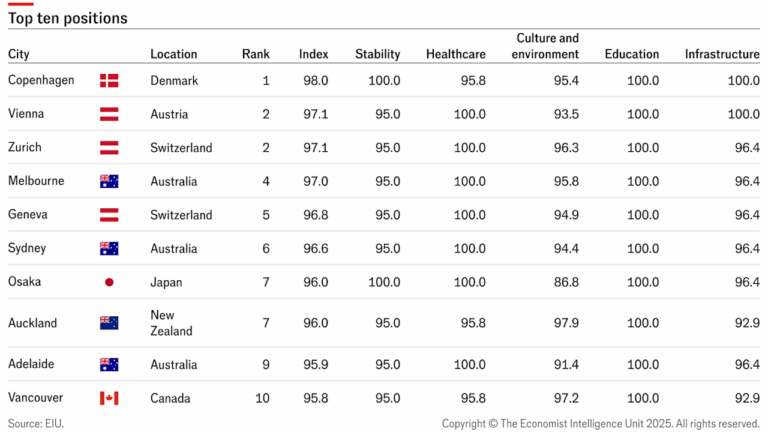Green Hydrogen Certification Scheme
Recently, the Ministry of New and Renewable Energy (MNRE) has launched the Green Hydrogen Certification Scheme (GHCS) under the national green hydrogen mission.

About Green Hydrogen Certification Scheme (GHCS):
- GHCS aims to certify that hydrogen produced in India meets the criteria to be labelled as “green hydrogen”, based on verified emissions data.
- The scheme enhances transparency, credibility, and traceability in hydrogen production and supports India’s goal of becoming a global hub for green hydrogen exports.
The Bureau of Energy Efficiency (BEE) is the nodal agency responsible for the implementation of this scheme.
- Certification under GHCS also helps producers access carbon credits under the Carbon Credit Trading Scheme (CCTS), subject to additional requirements.
The scheme covers hydrogen produced using electrolysis with renewable energy or biomass conversion.
Features of the Green Hydrogen Certification Scheme of India
- Hydrogen can be officially recognised as “green” only if its non-biogenic greenhouse gas emissions do not exceed 2 kg of CO₂ equivalent (CO₂e)/kg of hydrogen, averaged over 12 months, under the GHCI.
- The scheme outlines a comprehensive certification processfor producers to verify that the hydrogen is produced using renewable energy and that the greenhouse gas emissions do not exceed 2 kg of CO₂ equivalent (CO₂e)/kg of hydrogen.
- The certification framework includes clear definitions, objectives, roles of stakeholders, eligible production pathways, and emissions quantification methods.
The GHCI operates with four types of certificates–
- Concept Certificate,
- Facility-Level Certificate,
- Provisional Certificate
- Final Certificate.
Concept and Facility-Level certificates focus on design and operational readiness, while Provisional and Final certificates evaluate actual emissions based on production data.
Final certificates are mandatory for facilities benefiting from government incentives or intending to sell hydrogen domestically.
Data monitoring plays a crucial role.
- Producers are required to maintain detailed production and emissions records for at least five years.
- A standardised MRV (Monitoring, Reporting, Verification) framework guides this process, enhancing transparency and enabling traceability.
Certificates are issued in multiples of 100 kg of hydrogen and include detailed information on emission intensity and production attributes.
Mains Practice Question
Question: What are the key criteria and international standards involved in the certification of green hydrogen, and how do they impact global trade and sustainability goals?”
Prelims Practice Question
Question. About green hydrogen, consider the following statements:
1. It can be used directly as a fuel for internal combustion.
2. It can be blended with natural gas and used as fuel for heat or power generation.
3. It can be used in the hydrogen fuel cell to run vehicles.
How many of the above statements are correct?
(a) Only one,
(b) Only two,
(c) All three,
(d) None
All three statements are correct regarding the uses of green hydrogen.
- Green hydrogen can be used directly in internal combustion engines, blended with natural gas for heat and power generation, and utilised in hydrogen fuel cells to power vehicles.
Explanation:
- Statement 1:While less efficient than other applications, green hydrogen can be used in internal combustion engines.
- Statement 2:Green hydrogen can be blended with natural gas to serve as a fuel source for heat or power generation.
- Statement 3:The primary use of green hydrogen is in fuel cells, where its chemical energy is converted into electricity to power vehicles.







